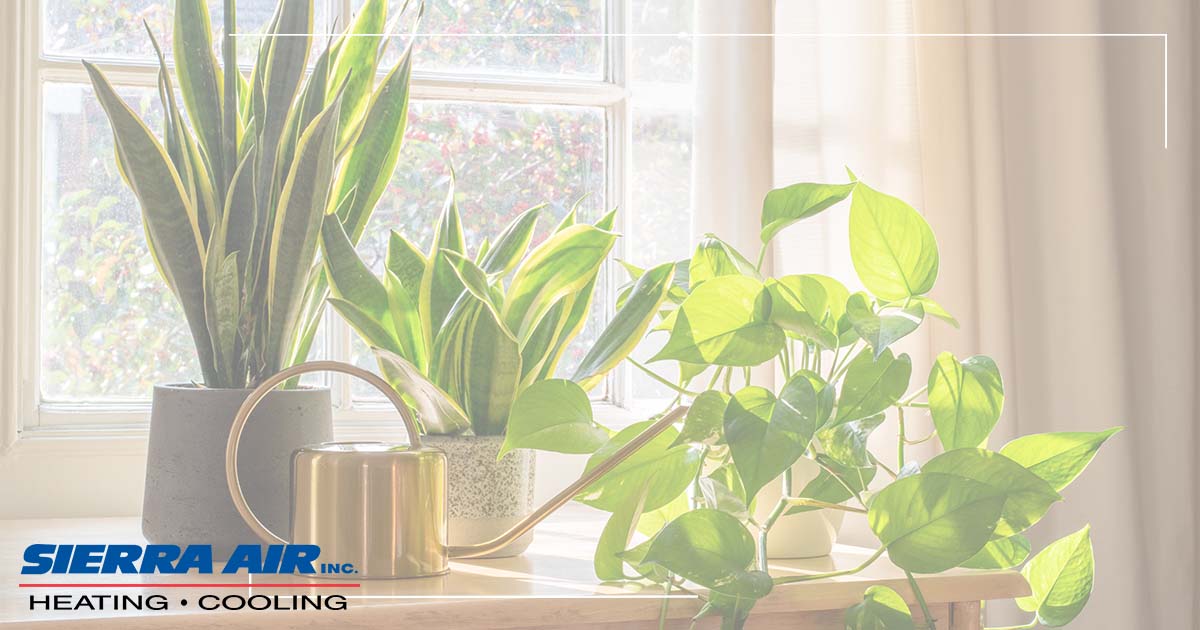As the weather’s getting colder, you may be trying to figure out what to do with your plants. Bringing them inside your home for winter is the best way to keep them healthy and strong.
The cold can wreak havoc on some plants and cause them to die before spring arrives. Here are some reasons you should consider moving your outdoor plants inside as temperatures continue to dip.
The Best Time to Bring Plants Inside
The best time to bring a plant inside is when it gets below 55 degrees Fahrenheit. If the temperature drops below that mark, your plant may freeze and die. Some plants may stop blooming or growing altogether if it gets too cold outside. The longer you wait to bring in your plants, the greater their risk of damage from cold weather conditions.
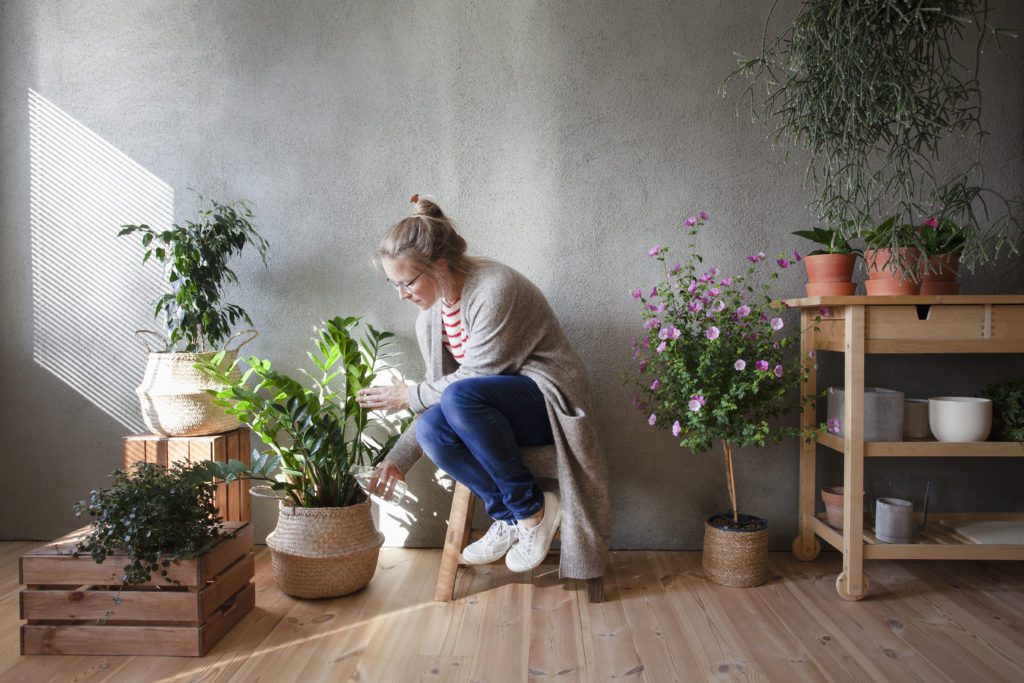
That’s why it’s essential to know how tolerant to cold your plants are before deciding whether or not they need to come inside for the winter. For example, citrus trees can tolerate temperatures down to about 32 degrees Fahrenheit.
Plant Placement
It’s tempting to plop your new plant wherever there’s an open spot on the bookshelf or table, but that’s not always the best option.
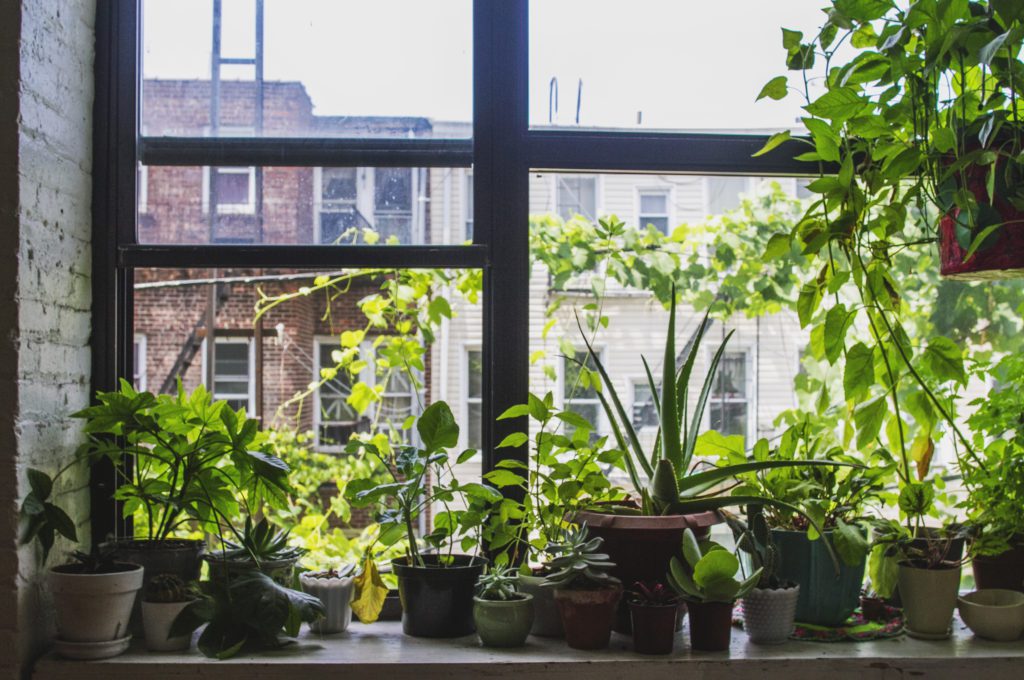
Plants need sunlight, some require at least six hours a day in order to thrive. Therefore, you need to be strategic with where you put your plants and how much sun they get.
If they’re under a lamp or other artificial light source, ensure it’s not too hot or bright, or else it could do more damage than good. And if there’s no natural light coming through nearby windows, consider investing in some grow lights or fluorescent bulbs that mimic natural sunlight as closely as possible.
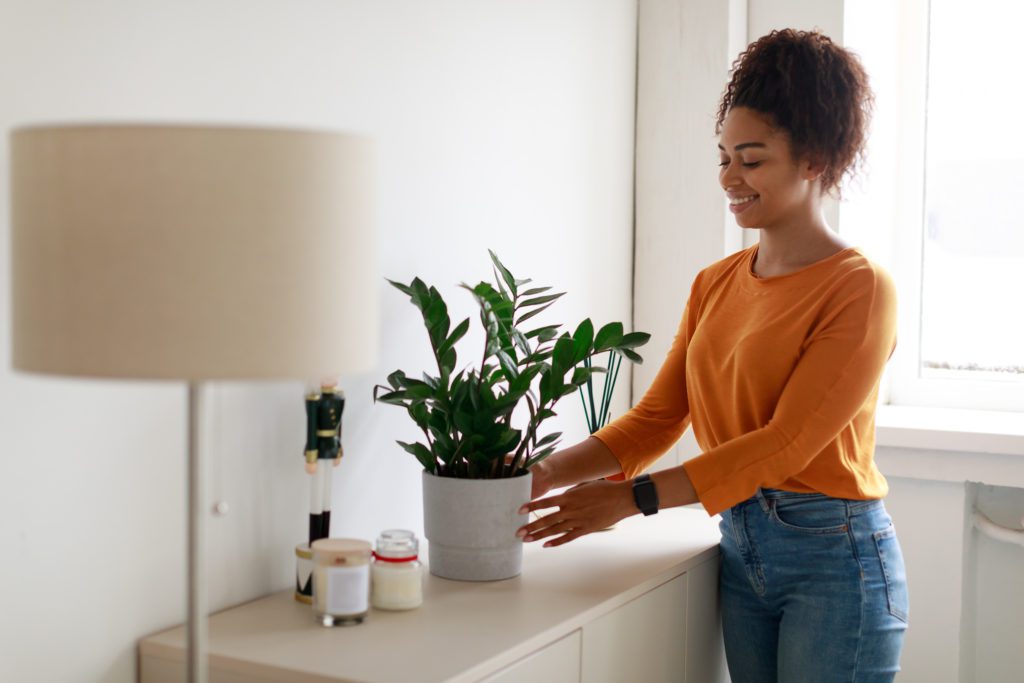
Most of all, don’t leave your plants where they can be knocked over by children or pets. Sudden movement can stress a plant, and you don’t want soil all over your floor!
Debug and Clean Plants
When it comes to pests, many different types can affect your indoor plants: aphids, caterpillars, mealybugs, and scale insects are just a few examples. However, they all have one thing in common — they want to feed on your plant’s leaves, stems, or roots.
Reduce Watering
When you bring outdoor plants inside for the winter, you need to cut back on watering. Watering plants that are acclimated to outdoor conditions can lead to root rot and other health issues because the soil becomes too moist.
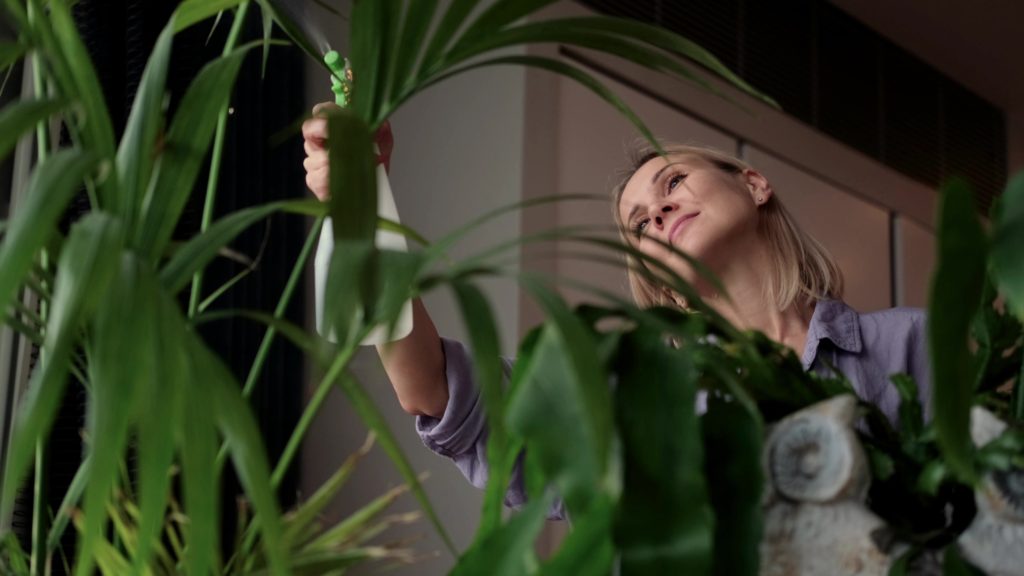
You also need to water plants less frequently indoors because there is less evaporation from the soil surface.
If your plants are in pots, water regularly but not too much. If they are sitting in saucers, then make sure that these do not dry out completely and keep an eye on them, so they don’t get overwatered.
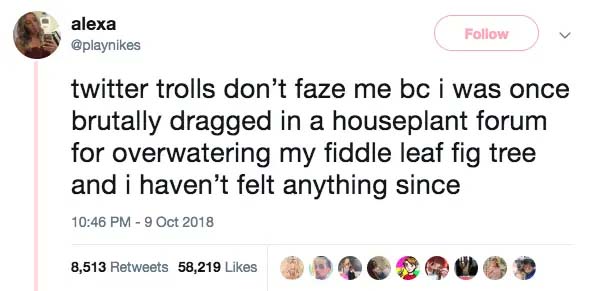
It’s a delicate balance, but by watching how your plants respond to water and feeling the moisture in the soil, you’ll soon be able to judge correctly.
Make Sure There’s Light and Humidity
All plants need sunlight to grow and survive. However, this doesn’t mean they all require direct sunlight all day. Some plants thrive in indirect sunlight, while others prefer the darkness of a shaded area.
Plants that need moderate light can grow fine in an office or bedroom with fluorescent lamps or regular incandescent bulbs. However, if you have larger plants, investing in some grow lights, or other fixtures that emit higher energy levels may be necessary.
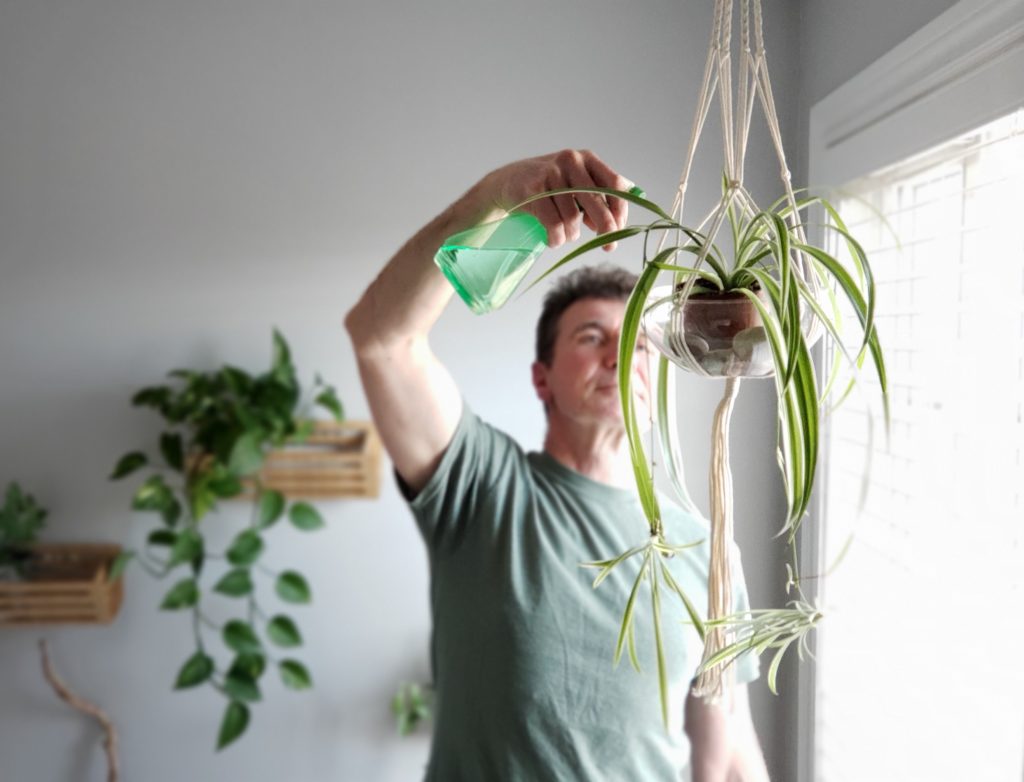
Indoor plants need proper humidity to thrive because they can’t get enough water through their roots if there isn’t enough moisture in the air around them. If they don’t get enough water, they will begin losing leaves and eventually die if left untreated.
Many plants need a relative humidity of between 40%-60% to thrive. Therefore, keeping your heating at a comfortable level can also help your plants.
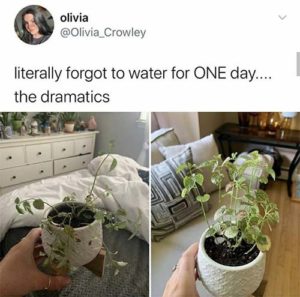
Keep your home’s temperature and humidity comfortable this winter by booking a furnace tune-up with Sierra.


